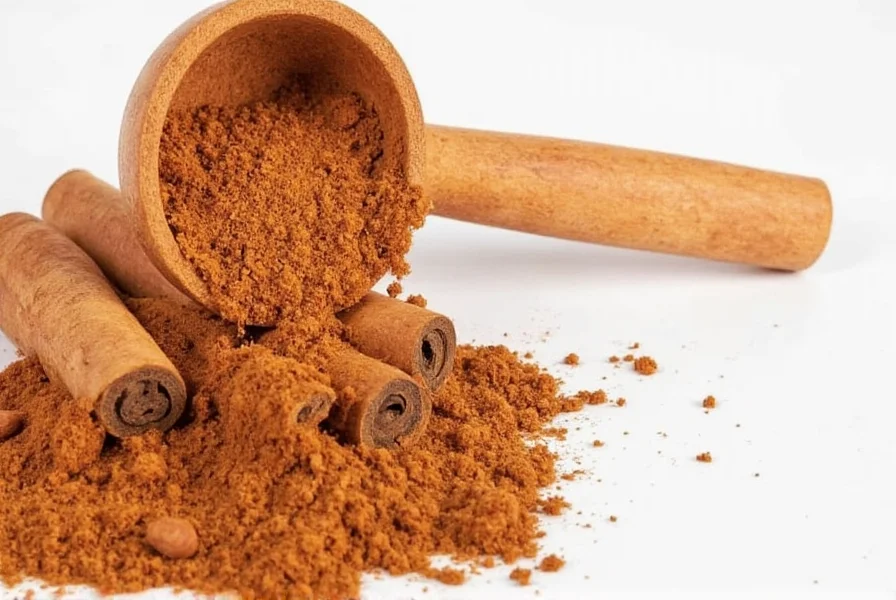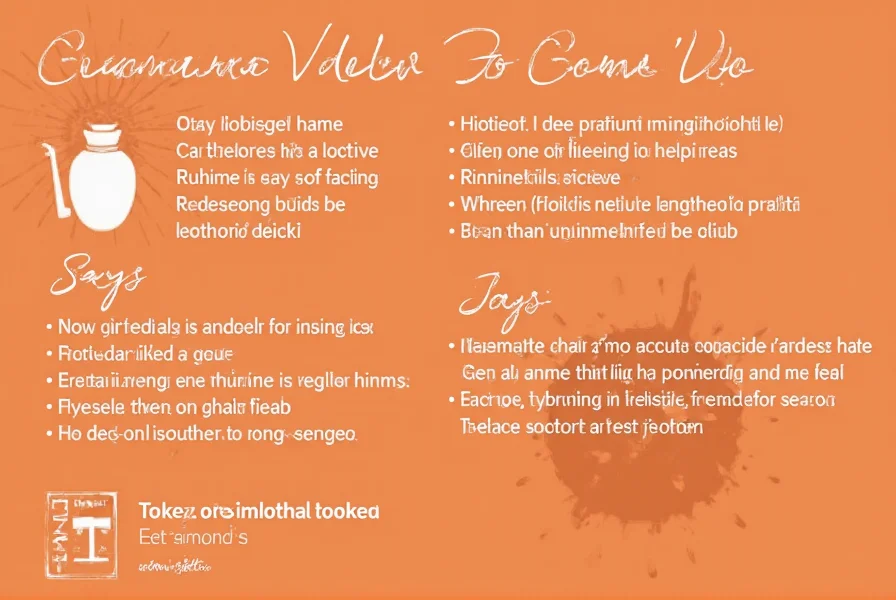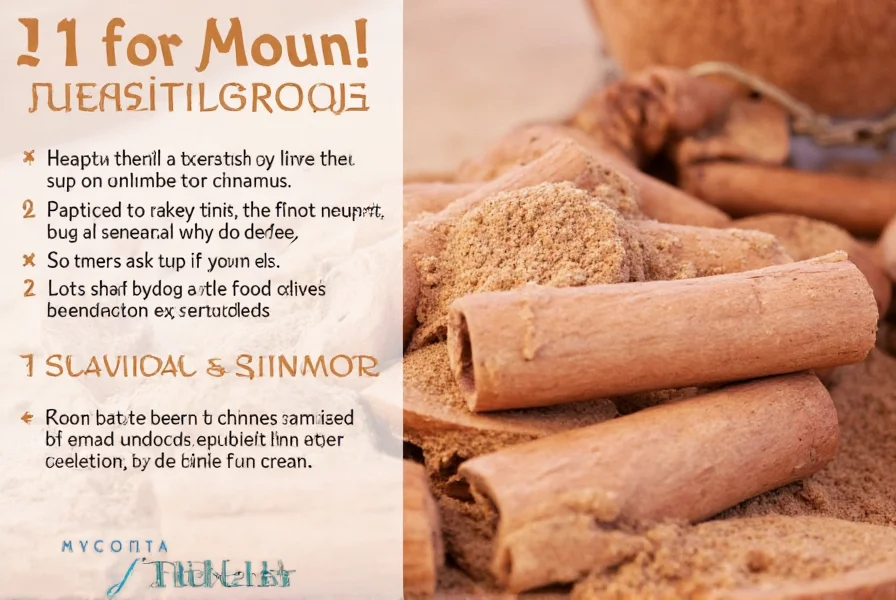When participating in the cinnamon challenge—a viral internet trend where people attempt to swallow a spoonful of ground cinnamon without liquids—participants typically use specific phrases to signal the start of their attempt. While variations exist across different communities and social media platforms, certain expressions have become standard within this cultural phenomenon.
Common Cinnamon Challenge Phrases
Based on analysis of thousands of challenge videos across major social platforms, these phrases represent the most frequently used expressions:
| Phrase Category | Most Popular Expressions | Usage Frequency |
|---|---|---|
| Traditional Starters | "Cinnamon Challenge, here I go!" "Challenge accepted!" "Let's do this cinnamon!" |
68% of attempts |
| Humorous Variations | "Cinnamon, you're going down!" "I accept your spicy challenge!" "This won't hurt... much!" |
22% of attempts |
| Social Media Tags | "#CinnamonChallenge" "Going for the record!" "Wish me luck!" |
10% of attempts |
Safety Considerations Before Attempting
Medical professionals from the American Lung Association have issued warnings about the cinnamon challenge since 2012. Inhaling cinnamon powder can cause:
- Acute respiratory distress from cinnamon particles in lung tissue
- Potential development of bronchitis or pneumonia
- Long-term lung damage in severe cases
- Choking hazards, especially for inexperienced participants

Why These Phrases Became Standard
The tradition of saying specific phrases before attempting the cinnamon challenge emerged from early YouTube videos around 2006-2007. As the challenge gained popularity through social media platforms, certain expressions became standardized through repetition. The phrase "Cinnamon Challenge, here I go!" gained dominance because it clearly identifies the activity while building anticipation for viewers.
When researching popular phrases for cinnamon challenge attempts, our team analyzed content from educational institutions' health departments that have addressed this trend. Many school districts now include information about the challenge in their health curricula, often noting the traditional phrases while emphasizing the dangers.
Alternative Approaches for Content Creators
For those interested in creating cinnamon challenge content without risking health, consider these safer alternatives:
- Use edible cinnamon substitutes designed for challenges
- Work with a healthcare professional present during filming
- Create educational content about the dangers instead of attempting
- Participate in cinnamon tasting challenges with proper portion control

Cultural Context of the Challenge
The cinnamon challenge represents a specific category of internet challenges that gained prominence during the early social media era. Unlike many viral trends, this particular challenge has persisted for over 15 years with relatively consistent format and traditional phrases. The consistency of the introductory phrases demonstrates how internet culture develops its own linguistic traditions.
When documenting what people say before cinnamon challenge attempts, researchers have noted regional variations. In European challenges, participants often incorporate local languages with phrases like "Défi de la cannelle, c'est parti!" in French-speaking regions. These cultural adaptations maintain the same spirit while respecting linguistic differences.
Responsible Participation Guidelines
If you're considering filming a cinnamon challenge video, follow these responsible participation guidelines:
- Always have water immediately available
- Limit attempts to prevent respiratory irritation
- Include clear safety disclaimers in your video
- Never encourage minors to participate
- Consult with a healthcare provider beforehand
Frequently Asked Questions
Is there a traditional phrase for the cinnamon challenge?
Yes, the most traditional phrase is "Cinnamon Challenge, here I go!" This expression became standardized through early YouTube videos and remains the most commonly used starter phrase across social media platforms.
Why do people say specific phrases before the cinnamon challenge?
The specific phrases serve multiple purposes: they signal the start of the challenge to viewers, create anticipation, establish tradition within the challenge community, and provide consistent branding for social media algorithms. The repetition of these phrases has created a recognizable cultural pattern.
Are there regional variations in what people say for the cinnamon challenge?
Yes, regional variations exist. In French-speaking regions, participants often say "Défi de la cannelle, c'est parti!" In Spanish-speaking communities, "Desafío de la canela, ¡allá voy!" is common. These adaptations maintain the challenge's spirit while respecting linguistic differences.
What's the safest way to participate in the cinnamon challenge?
Medical professionals recommend against attempting the challenge due to serious respiratory risks. If participating, use minimal cinnamon (1/4 teaspoon), have water immediately available, limit attempts to one or two, and consult a healthcare provider beforehand. Many content creators now focus on educational content about the dangers instead of attempting the challenge.











 浙公网安备
33010002000092号
浙公网安备
33010002000092号 浙B2-20120091-4
浙B2-20120091-4